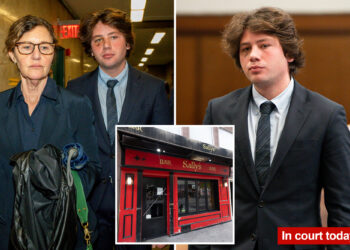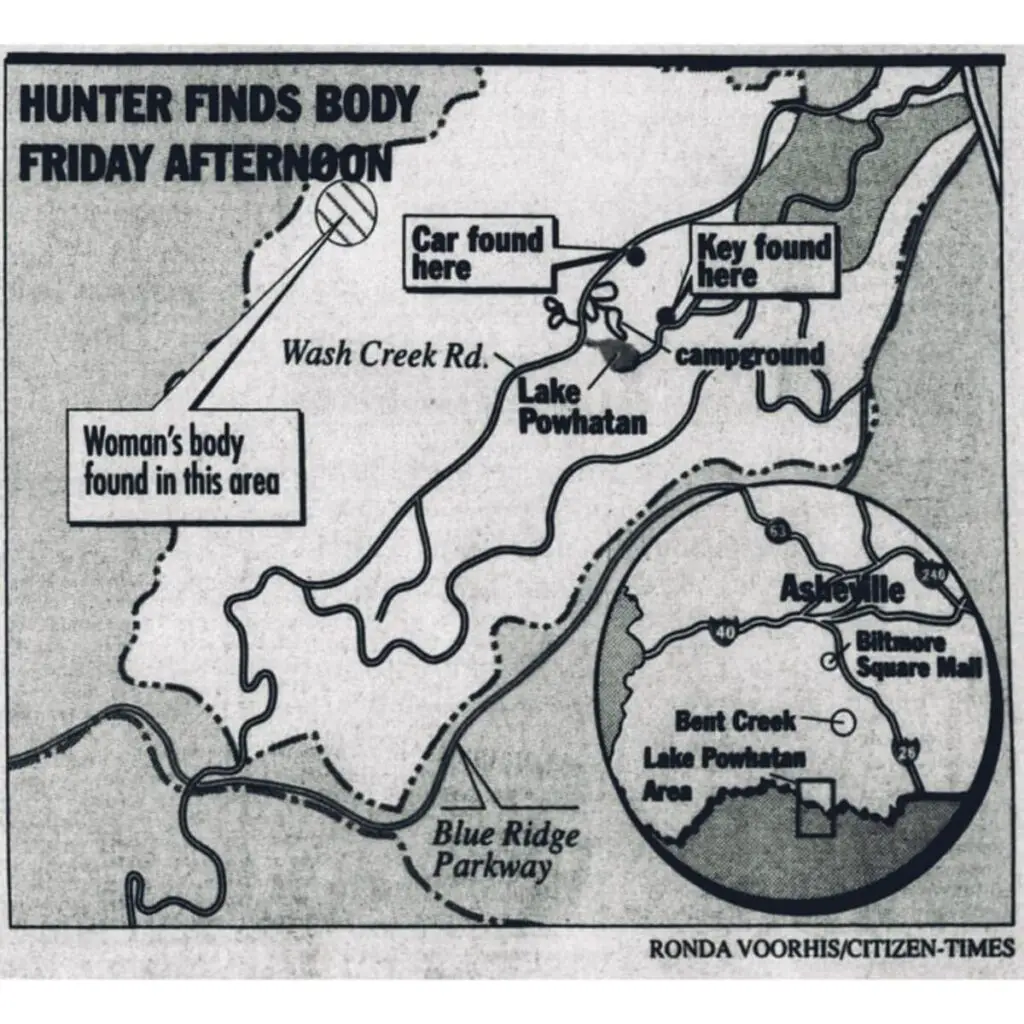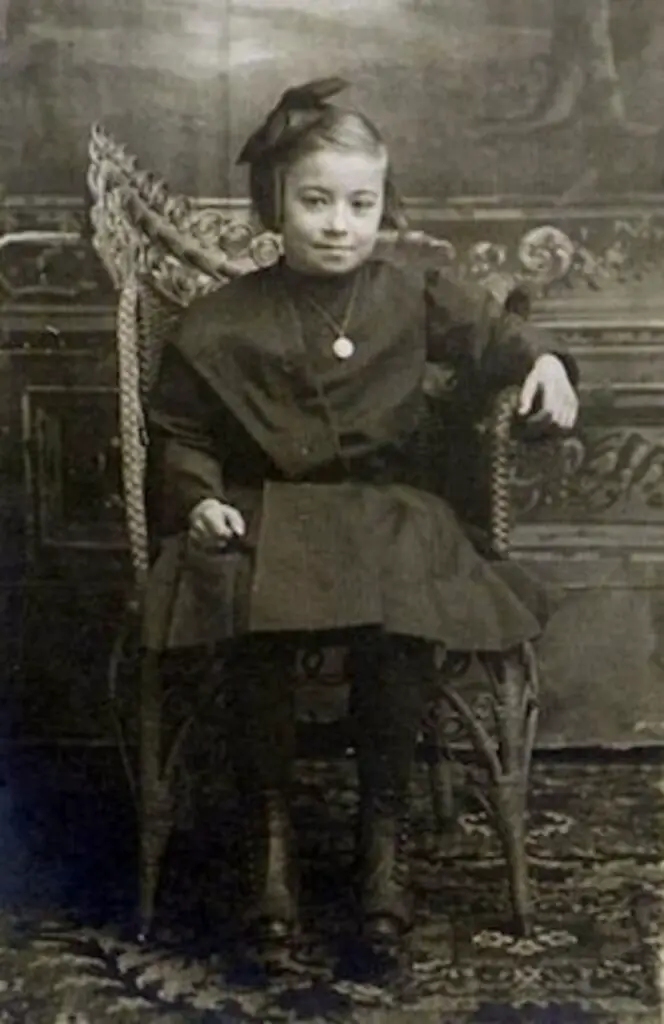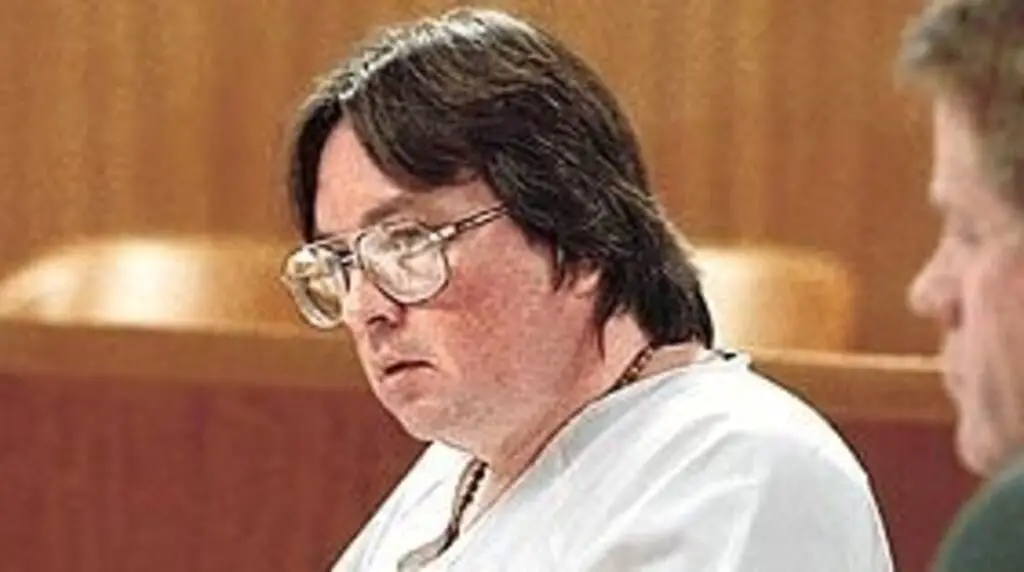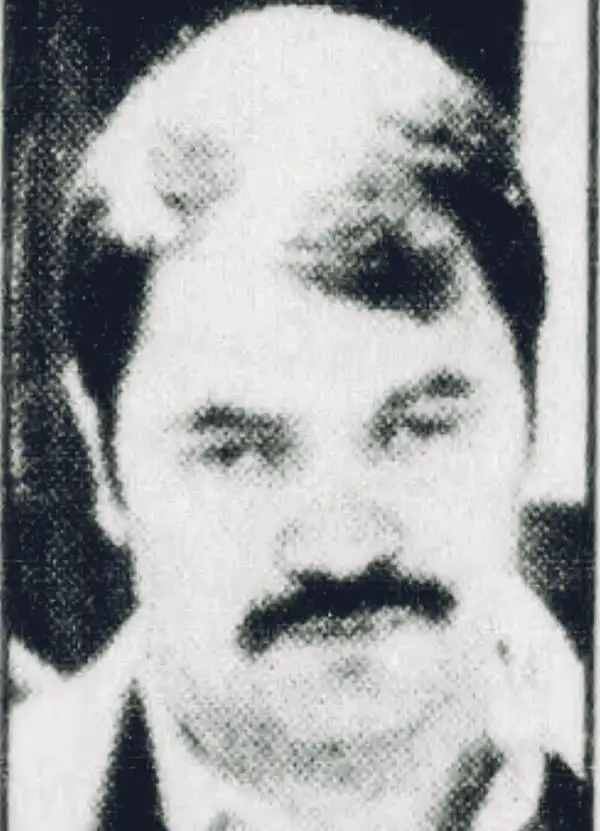Do we want a safe criminal justice system?
That question is so fundamental that even when—or maybe especially when—there is a life in the balance our courts try to duck it.
Any system that cares about safety recognizes that error is part of the human condition. A safe system seeks resiliency: the ability to recover from the inevitable slips, violations, and surprises, and so to avoid catastrophe.
A safe system is “poised to adapt” to anomalies. A safe system puts a high value on “SNAFU-catching.”
And a safe system abhors “brittleness,” the condition in which any small error will shatter the system and put a safe outcome irretrievably out of reach—the state in which every error is final, and many result in tragedies.
The looming execution of Richard Glossip in Oklahoma, now scheduled for May 18, shows us where things stand in criminal justice.
We have a judiciary that by fetishizing “finality” aggressively enforces brittleness—a judiciary that is proud of itself for forbidding adaptive reactions.
The Finality of Error
Justin Sneed brutally killed Barry Van Treese with a baseball bat in the Best Budget Motel in Oklahoma City on January 7, 1997. Sneed confessed, and when detectives repeatedly told him that they did not believe he acted alone, he offered them testimony that Richard Glossip, the manager of the motel, had hired him to kill Van Treese.
Glossip has maintained his innocence since 1997, and no physical evidence links him to the crime scene or the murder. The only witness identifying Glossip as a participant in the murder is the actual killer, Justin Sneed, who testified in exchange for the State not seeking the death penalty.
Glossip was tried for first degree murder, convicted, and sentenced to death. That first conviction was vacated on the grounds of ineffective assistance of counsel. He was then tried and convicted and sentenced to death again. Glossip’s conviction was affirmed on appeal and various requests for state and federal post‐conviction relief were denied. In 2014, the Oklahoma Pardon and Parole Board denied Glossip clemency.
The current round of appeals was prompted by three events. The Oklahoma Attorney General’s Office found and turned over to Glossip’s lawyers a box of materials that had previously not been disclosed. That box contained evidence bearing on Justin Sneed’s mental condition. Glossip’s lawyers argued that this evidence required that he be granted a new trial.
Meanwhile, the Houston law firm Reed Smith, prompted by the concerns of Oklahoma legislators, undertook (pro bono) an exhaustive, neutral review of all of the investigative, discovery, and trial materials available.
In a painstaking series of analyses Reed Smith’s team cataloged investigative failures and errors, including the wanton destruction of evidence.
In addition, Reed Smith found that substantial evidence supporting Glossip’s innocence and undermining the State’s case against Glossip exists and was never presented to or fully explained to the jury.
This evidence includes: evidence refuting that Sneed split money with Glossip, evidence that contradicts Sneed’s own statements, including he had a history of anger and violent outbursts, evidence of Sneed’s changing his story to accommodate new facts, evidence refuting the State’s motive theory, including that there was no embezzlement, and evidence showing that a State corroboration witness, Cliff Everhart, had a history of fabricating statements and subsequently went to prison for criminal charges, one of which was making false statements.
Reed Smith concluded that the Glossip conviction was unreliable—that no reasonable jury with access to the complete record would have convicted Glossip of first-degree murder, and that a new trial is required.
The Oklahoma Attorney General, after reviewing the material, agreed, and announced he would not oppose Glossip’s motion.
Glossip, the Attorney General, and the neutral law firm were in agreement—all believed a new jury should get a look at the case.
The Law Made Us Do It
But the Oklahoma Court of Criminal Appeals issued a written opinion denying the motion for a new trial, denying the unopposed motion for a stay of execution to allow for further investigation, and ordering that Glossip’s execution go forward on May 18th.
No new jury will be allowed to consider Glossip’s case.
The opinion does not conceal the court’s annoyance that Glossip has repeatedly invoked his right to seek review. And although the opinion contains a ritual recognition that factual innocence can permit a review in Oklahoma, it is immediately apparent that the reference to factual innocence is a sleight-of-hand.
A catalog of the procedural barriers to relief imposed by legislation or precedent follows. Among these are time bars and waiver rules. Burdens of proof are invoked that effectively require Glossip to prove his innocence beyond a reasonable doubt.
According to the court, there is a statutory prohibition against it considering “mere impeachment” evidence, although in Glossip’s case, the impeachment of Sneed would obliterate the testimony of the sole witness in a one-witness case.
One by one, the points Glossip offers (and Reed Smith confirms) are dismissed as unreachable.
The substance of the court’s opinion amounts to an extensive collection of variations on the theme “the Law makes us do it.”
“These time limits and the post-conviction procedure act,” the opinion intones, “preserve the legal principle of finality of judgment.”
And the Glossip opinion shows us how finality works. It imposes a deep etiology—manner of causation—that, in the nature of things, no one in Glossip’s position could ever satisfy.
The Court of Criminal Appeals Court version of finality requires that a defendant must prove “cause” on a Newtonian, linear, sequential, model. The ruling comes down to “You have to show us the domino that fell and inevitably—and certainly—knocked over the next domino, and the next, until you were wrongfully convicted.”
But the destructive after-effects that warp cases like Glossip’s will not fit that model; they are “emergent” products of the complex socio-technical criminal justice system.
Just as you cannot see “wetness” in any individual molecule of H2O, you cannot identify an independent Newtonian “cause” of error within any individual component on the lengthy Reed Smith list of defects.
Errors are system products that are generated by the interactions of many components. They combine with each other, and with latent system weaknesses, and cascade, and then—but only then—the disaster explodes.
Juries naturally take account of the emergent realities that foster wrongful convictions because juries employ a story model of decision-making. But that accounting is exactly what the Court of Criminal Appeals holds the Oklahoma law of post-conviction procedure forbids.
In effect, the Glossip opinion requires that defendants prove an etiological impossibility to win post-conviction relief.
As any modern safety expert would tell us, horrible unexpected things do happen; they don’t happen that way.
Every wrongful conviction is a system failure—an “organizational accident”. The Glossip version of finality puts those events beyond correction.
The Glossip case shows that the “principle of finality” enshrines brittleness—dictates a world in which there can be no recovery from errors once they are made.
Innocence and Safety
In a concurring opinion, Judge Lumpkin, proud of his court’s work and worried that its audience may not properly appreciate it, asserts that by denying Glossip a new trial the Court of Criminal Appeals proved that we have a “government of laws, not of men,” invoking John Adams as his authority.
It is more likely that John Adams would say to Judge Lumpkin what he said to the jury in his closing argument in defense of the British officers accused in the Boston Massacre homicides. Adams argued that it is:
[O]f more importance to the community, that innocence should be protected, than it is that guilt should be punished; for . . . when innocence itself is brought to the bar and condemned, especially to die, the subject will exclaim, it is immaterial to me, whether I behave well or ill; for virtue itself is no security. And if such a sentiment as this, should take place in the mind of the subject, there would be an end to all security whatsoever.
My 50 years of defending indigents in criminal cases may have warped my perspective—convinced me that the proper way to look at judges is to look down on them.
But I hope unbiased readers will examine the Glossip opinion and its context. I think that they will begin to see that “finality” is a judge-made talisman that protects judges but no one else. Catching mistakes is better than ignoring them. Fetishizing “finality” degrades safety.
Confronted with the shambolic processes that produced Richard Glossip’s death sentence, Oklahoma’s Attorney General faced the facts and stood up.
Oklahoma’s Court of Criminal Appeals hunkered down behind the “principle of finality of judgment,” clasped the fragile illusion of system infallibility to its chest and sent a man to his death.
James M. Doyle is a Boston defense lawyer and author, and a regular columnist for The Crime Report. He welcomes comments from readers.






